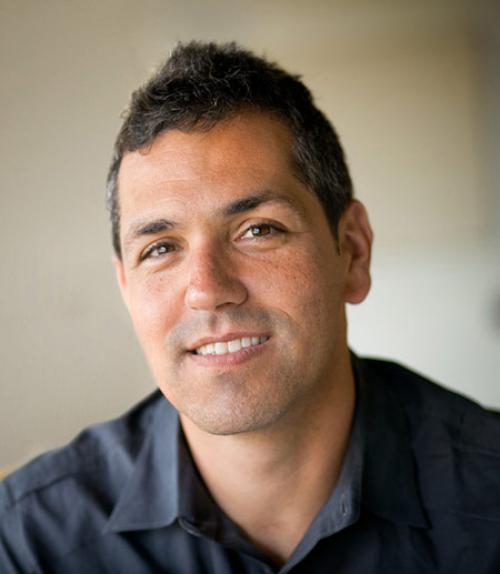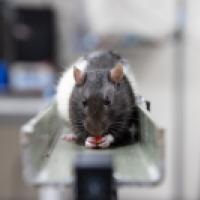
 Department Homepage
Department Homepage
Professor Jesse Goldberg wins NIH 'new innovator' award
Three young Cornell researchers have won National Institutes of Health (NIH) Director’s New Innovator Awards. Part of the NIH’s High-Risk, High-Reward Research Program, the awards provide up to $1.5 million over five years for innovative, high-impact projects.




